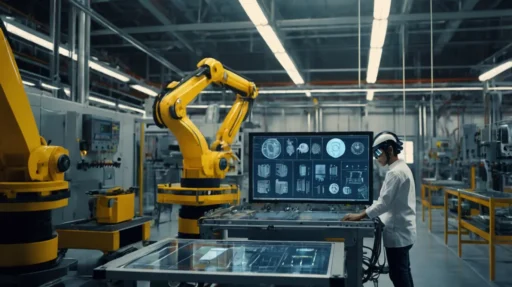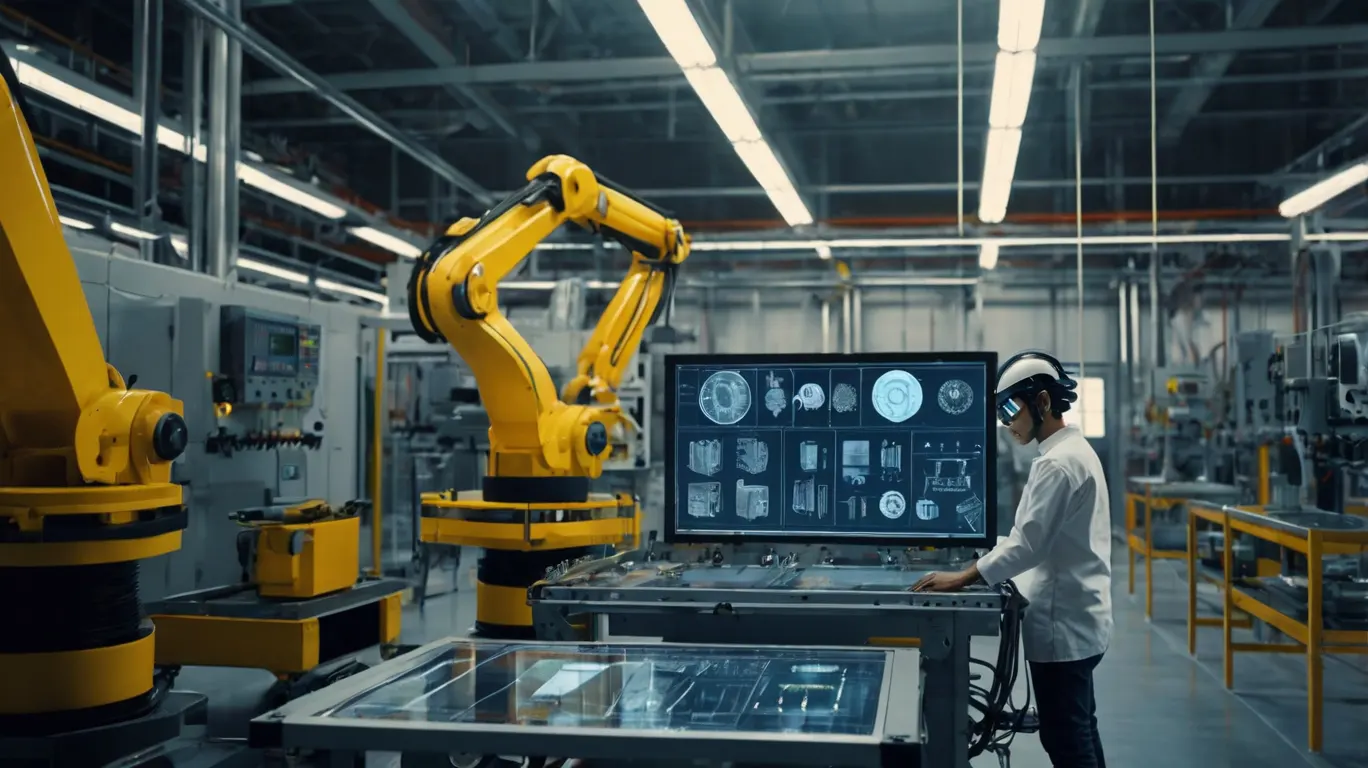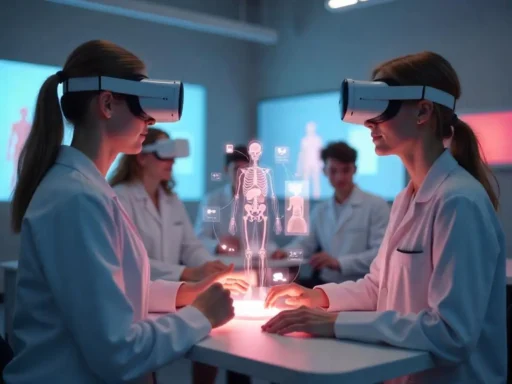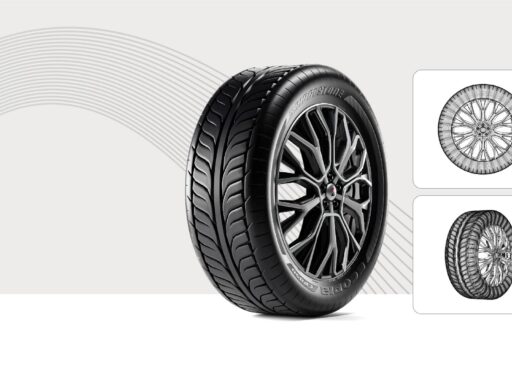3D modeling has become essential for modern manufacturing processes
The 3D modeling product design system helps manufacturers earn more money by bringing new ways to show products and let buyers personalize their creations.
Key Takeaways
- Improves product quality and accuracy by allowing designers to test and refine before physical production—a key benefit of 3D modeling in manufacturing.
- The method saves time and money from managing physical prototypes when creating new products.
- 3D product modeling makes it easier for teams to explain their plans to all participants using visual design references.
- Minimizes production errors through early detection of design flaws and interference issues.
How 3D Modeling Transforms Manufacturing
As a first step companies begin with concept ideas and hand drawings. Specially designed digital models now help businesses bring concepts to life without large investments. Designers now use 3D modeling services to make digital images demonstrating product appearance and functionality before manufacturing begins.
These models help everyone visualize the final product. Teams can spot problems early and fix them before making anything physical, saving time and money that would be spent fixing mistakes later.
The Steps of Using 3D Models in Making Products
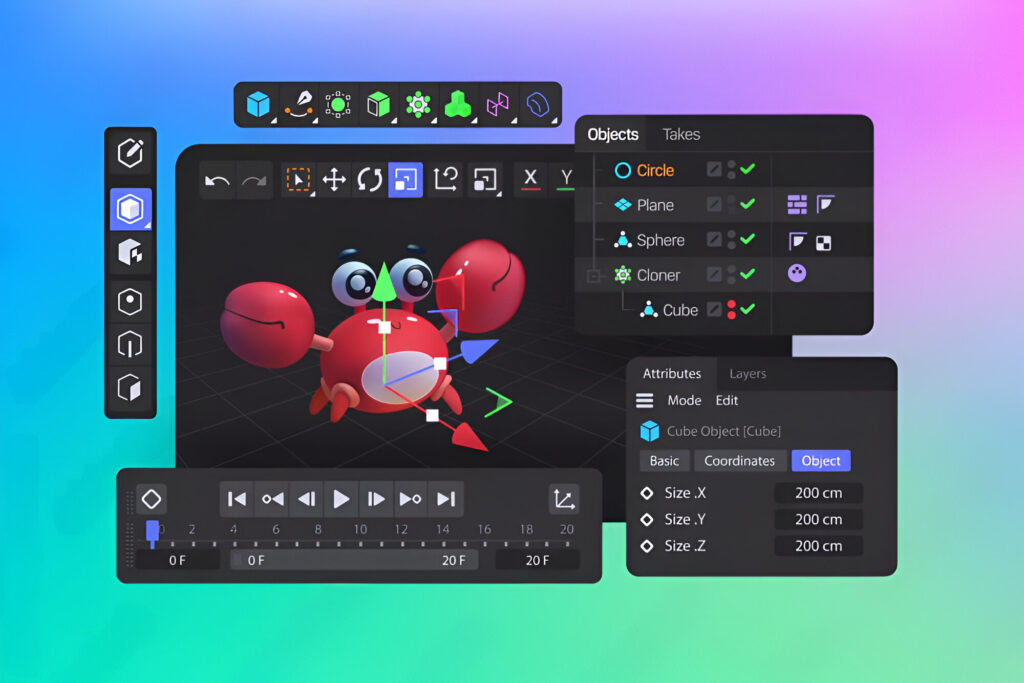
The process usually goes like this:
Concept Modeling
Designers create basic shapes based on what the product needs to do. This initial stage focuses on overall form and function.
Detailed Design
They add more details, making sure everything fits together correctly. The model shows all parts of the product, inside and out.
Engineering Analysis
Engineers try out the model to ensure it meets their intended specifications. They assess if the model can withstand needed strength levels and perform according to correct heat limits in addition to proper moving component mechanics. The engineer identifies any issues and modifies the design at once.
Production Planning
Once the design works well, the model helps plan how to make the real product. It can create instructions for machines that cut, mold, or print parts. Some models even help train workers on how to put things together.
Enhancing the Customer Experience
Industrial product design using 3D modeling boosts customer engagement for manufacturers. Before, they relied on static images or third-party retailers. With this solution, customers can personalize products to fit their needs in a direct and digital way. Customers can see their custom products in real-time. They can adjust dimensions, colors, and textures. They can also modify complex design elements.
High-quality visualization tools help customers feel confident in their purchases. They can view 360-degree rotations and zoom in on details. Product quality and appearance are very important for industries that influence buying choices.
Latest Ways 3D Modeling Helps in Making Things
Today’s 3D modeling for manufacturing tools keeps getting better. Some new developments include:
Digital twins
Companies make exact digital copies of their products that update based on information from sensors. This helps them see how products are working in the real world.
Mixed reality
Workers can use special glasses to see 3D models while looking at real parts. This helps them put things together correctly.
Cloud-based tools
Teams in different places can work on the same model at the same time. This lets companies use experts from anywhere in the world.
Working with experienced 3D modeling professionals can help you get the most out of these technologies for your specific manufacturing needs. The right 3D design company will understand both the technical aspects of modeling and the practical requirements of manufacturing.
Contact today to learn how 3D modeling services can improve your product design and manufacturing process.
